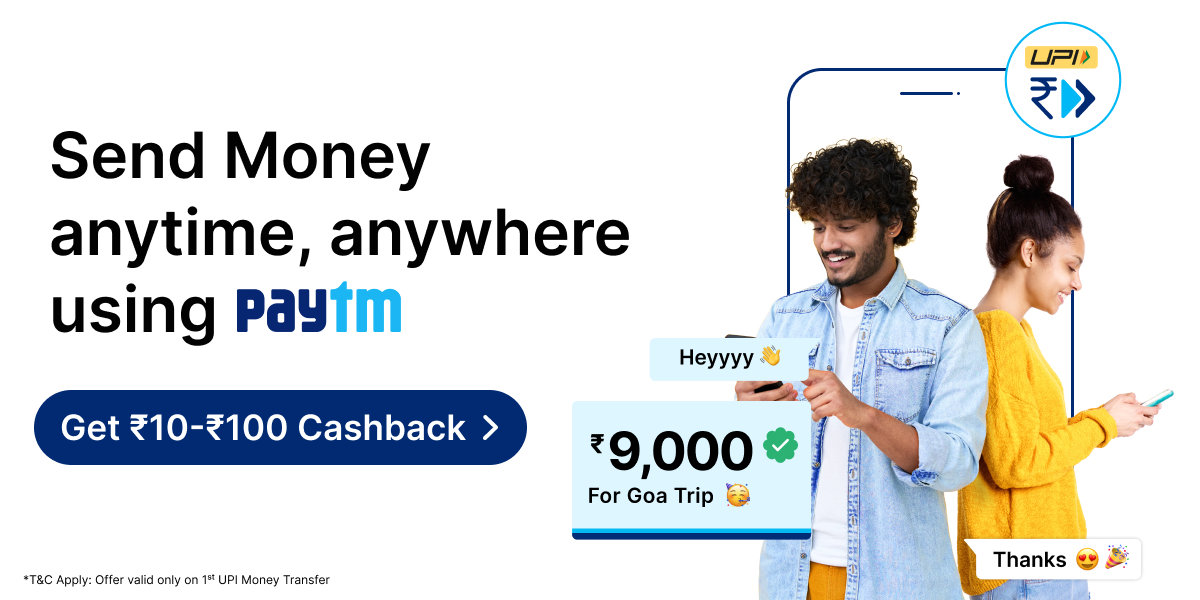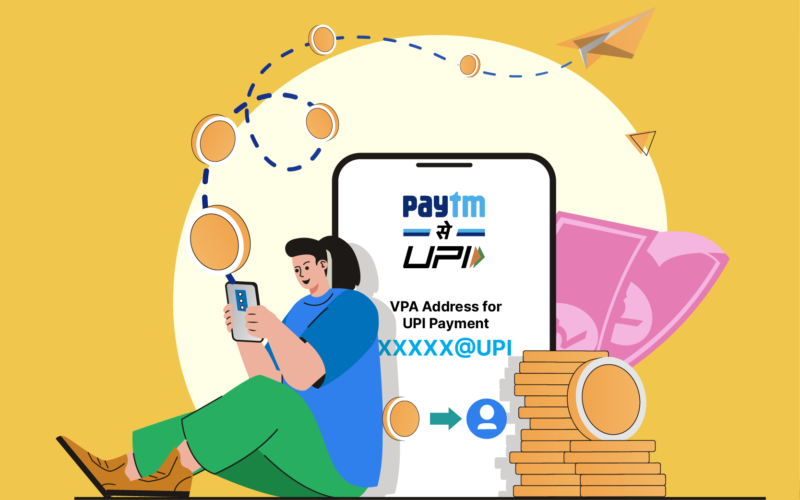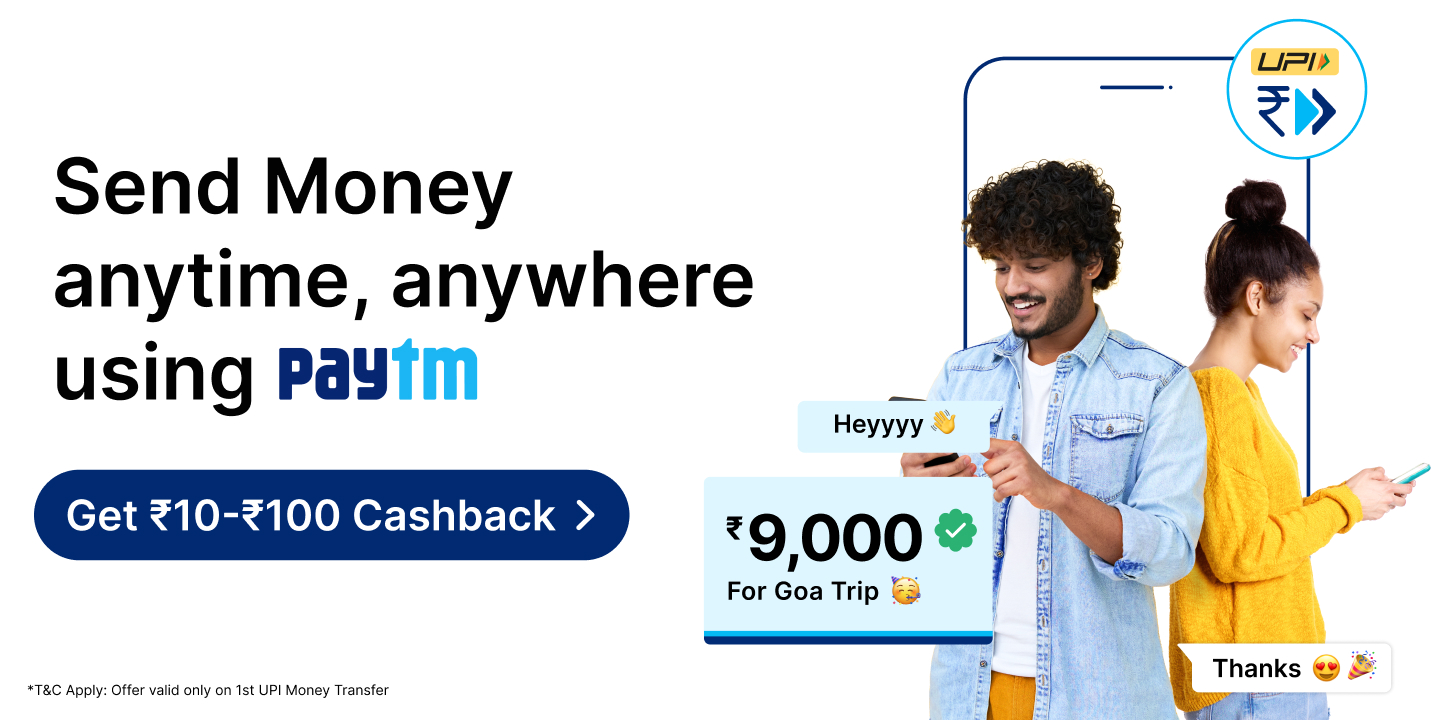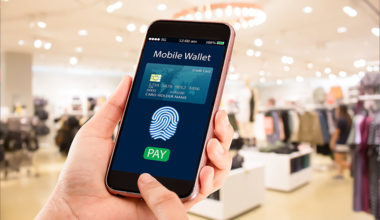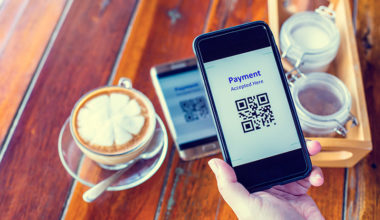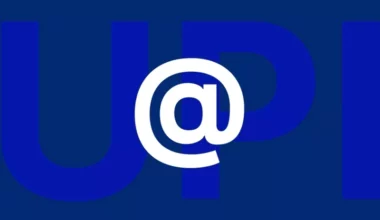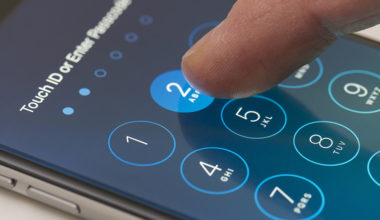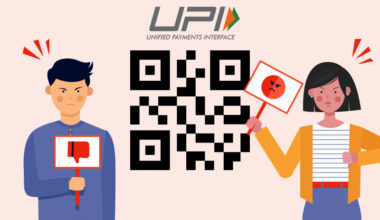In the last few years, UPI has become the most common mode of payment, reducing the use of cash or even card-driven payments. The benefits of performing transactions through UPI or Unified Payment Interface have made it the most widely preferred payment method. Let’s take a look at some of the reasons behind the ever-growing demand for UPI payments.
- UPI offers simplified, hassle-free online payments
- Transactions made through UPI are safe and secure in all respects
- UPI allows you to make payments towards your bills, shop on e-commerce websites, etc.
- UPI lets you make payments by scanning QR codes at your nearby departmental stores, chemist shops, etc.
- Regularly paying through UPI also helps you earn discount vouchers, cash back, and other rewards
What is VPA?
Virtual Payment Address (VPA) is a unique identifier used in the Unified Payments Interface (UPI) system in India. UPI is a real-time payment system developed by the National Payments Corporation of India (NPCI) that allows users to transfer funds between bank accounts instantly using their mobile devices.
A VPA serves as a virtual identity for a user’s bank account, eliminating the need to share sensitive bank account details such as the account number and IFSC code during transactions. It is essentially a combination of letters, numbers, and special characters that uniquely identifies a user’s UPI-enabled bank account.
Here’s How VPA Works
- VPA Creation: To create a VPA, a user needs to register with a bank or a UPI-enabled payment service provider. During the registration process, the user selects a unique VPA of their choice. The VPA is typically in the format of “username@bank” or “username@paymentprovider.”
- Linking Bank Account: After creating a VPA, the user links it to their bank account. This is done by associating the VPA with the respective bank account held by the user. Once linked, the VPA becomes the address to which funds can be sent or received.
- Transaction Process: To initiate a payment or transfer using UPI, the user provides their VPA instead of sharing bank account details. The payer simply needs to enter the recipient’s VPA, specify the amount, and authorize the transaction using a UPI-enabled app.
- Fund Transfer: When a payment is made using a VPA, the UPI system validates the VPA and routes the transaction to the recipient’s bank account linked to that VPA. The funds are transferred instantly between the payer’s and recipient’s bank accounts.
How to Create VPA?
Creating a VPA is nothing less than a piece of cake! When you create your UPI account on the Paytm app, your VPA automatically gets created. You simply need to enter your bank details once and you can forget them forever!
Paytm creates a unique virtual payment address for you in the simplest manner. Your Paytm VPA simply consists of your mobile number followed by the term – “@paytm”. For instance, if your mobile number is 98450*****, then your Paytm VPA would be 98450*****@paytm.
Every VPA has a standard format, which consists of your mobile number/name/email ID (which makes it unique) followed by the bank or third-party app’s name.
Here are the steps to create your VPA on the Paytm mobile app:
- Download the Paytm UPI payment application on your mobile
- Enter your mobile number. If you have a dual SIM phone, you may be prompted to select the SIM slot in which your mobile number is present
- An SMS will be sent from your number to verify your mobile number
- Once this is done, you will have to select your bank name from the list that will be presented to you. Please make sure that the mobile number registered with your Bank is the same as the one you entered earlier. Your bank account details will now be fetched from the bank using your mobile number
- If you are linking your bank for the first time, you will be asked to set up a UPI PIN. You will need your debit card details for setting this up
- Your bank account is now linked via UPI and you are ready to make your first payment!
Benefits of VPA
The advantages of using VPA and UPI include:
- Security: VPA eliminates the need to share sensitive bank account information, reducing the risk of fraud and unauthorized transactions.
- Convenience: With VPA, users can easily send and receive money using their smartphones, simplifying the payment process.
- Interoperability: UPI and VPA are supported by multiple banks and payment service providers, allowing users to transact with different institutions seamlessly.
Apart from these, there are multiple other benefits of using VPA to transfer money from one bank account to another. Unlike other payment methods, you don’t need to share complex details like your bank account number, IFSC code, branch name, etc. to receive money in your bank account. You can simply share your VPA to receive money in your bank account.
Similarly, you don’t have to get in the middle of any hassle of adding beneficiary details on your mobile payment application or waiting for the beneficiary to get added to your account to transfer money.
Moreover, VPA offers additional safety and security for your transactions since neither the sender nor the receiver can find out your bank or any other confidential details. Only your VPA is shared which cannot be misused for any purpose.
How to Send Money Using VPA on Paytm?
Ever since its facilitation, UPI has become one of the easiest methods to transfer money from one bank account to the other.
We have explained the simple steps required to transfer funds through UPI using your VPA on the Paytm app:
- Log in to your Paytm UPI payment application and click on the ‘UPI/Send Money To Anyone’ option
- Select the receiver from your phone contact list or enter the mobile number of the receiver if it is not saved on your phone
- If the receiver does not use the app you use, you could ask them for their VPA on another app and enter that
- You could also click on the ‘Scan QR’ option and scan the recipient’s QR code
- Next, select the bank account from which you want to make the transfer and click on ‘Proceed’
- Enter UPI PIN associated with the selected bank account
- The amount will be immediately transferred from your bank account to the receiver’s bank account!
Wrapping it Up
Virtual Payment Address (VPA) has emerged as a secure and convenient solution for digital payments in India through the Unified Payments Interface (UPI) system. By creating a unique VPA, users can link it to their bank accounts and transact seamlessly without the need to share sensitive banking details. The creation and usage of a VPA have numerous benefits. First and foremost, it enhances security by eliminating the risk of exposing sensitive bank account information during transactions. This significantly reduces the potential for fraud and unauthorized access to personal banking details.
Moreover, VPA simplifies the payment process by providing users with a single identifier that can be easily shared to send or receive funds. With UPI-enabled apps, users can initiate transactions by entering the recipient’s VPA, specifying the amount, and authorizing the payment within seconds. The funds are transferred instantly, offering a quick and efficient payment experience.
